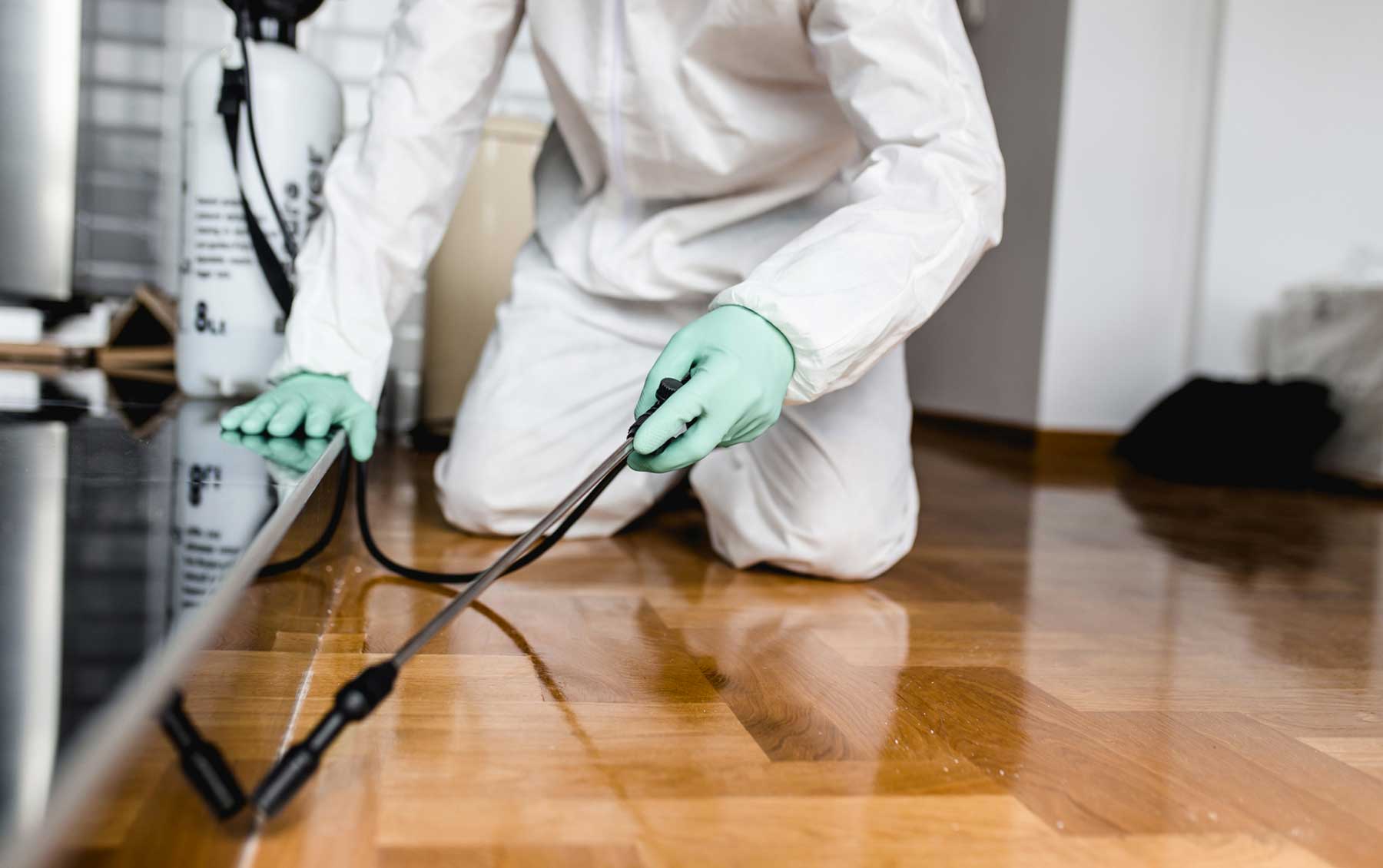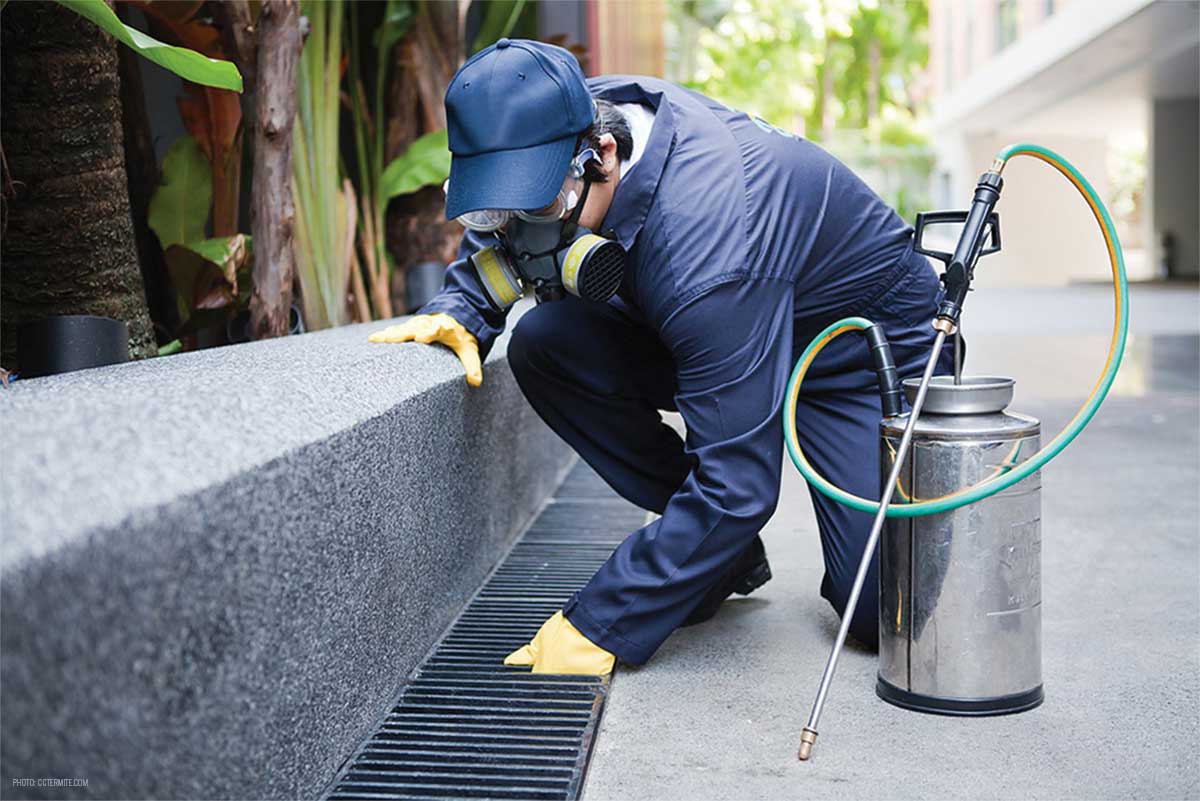Bed Bug Dog Discovery: Find Infestations Early for Comfort!
Bed Bug Dog Discovery: Find Infestations Early for Comfort!
Blog Article
Professional Bug Control Techniques for Long-Term Outcomes
In the realm of insect control, achieving sustained efficiency and long-term outcomes requires a careful strategy that transcends plain elimination. Professional pest control techniques envelop an extensive technique that starts with a thorough evaluation and assessment, followed by specific bug recognition to understand their behavior patterns. The application of Integrated Insect Monitoring (IPM) concepts, paired with eco-conscious treatments, forms the cornerstone of sustainable parasite eradication. The true test lies in the recurring surveillance and maintenance of the treated locations, ensuring a pest-free atmosphere for the near future. By delving into the ins and outs of these techniques, a much deeper understanding of specialist parasite control approaches for withstanding outcomes emerges.
Examination and Assessment
Upon going into a building for insect control solutions, the initial action is a complete assessment and analysis to identify the level of the problem and determine the most effective treatment strategy. Professional pest control professionals are educated to meticulously examine the properties, trying to find signs of bug activity such as droppings, chomp marks, nests, or any kind of architectural damages. They will also assess the problems that may be bring in insects, such as food sources, water leakages, or access factors.

Parasite Recognition and Behavior

Furthermore, recognizing the behavior of the identified pest is essential to carrying out reliable control procedures. As an example, recognizing where parasites nest, what they prey on, and their activity patterns can aid pest control specialists design techniques to eradicate them effectively. Some parasites might be nighttime, while others are a lot more active throughout the day. This expertise enables the application of therapies at optimum times for maximum performance.
Integrated Pest Management (IPM)
Integrated Bug Administration (IPM) methods incorporate numerous methods to manage and stop bug problems in a lasting and eco friendly manner. Pest control Washington DC. By incorporating blog here approaches such as biological control, habitat adjustment, adjustment of cultural practices, and using resistant ranges, IPM intends to lessen the use of chemical pesticides
One of the essential principles of IPM is the focus on prevention. This proactive approach includes surveillance insect populaces consistently to detect any possible issues before they intensify. By recognizing parasite troubles early on, pest control steps can be applied quickly and successfully.
Moreover, IPM promotes the usage of safe pest control methods whenever possible. This can consist of using natural killers of the pests, presenting beneficial pests, or utilizing scents to interrupt mating patterns. By reducing dependence on chemical pesticides, IPM not just secures the environment yet likewise aids keep an equilibrium in the ecosystem.
Environmentally-Friendly Treatments
Implementing eco-conscious approaches in bug control procedures can effectively address infestations while focusing on ecological sustainability. Environmentally-friendly therapies focus on minimizing the effect of bug control methods on environments, non-target organisms, and human health and wellness.
One more trick aspect of environmentally-friendly treatments is making use of organic and eco-friendly items that damage down promptly without leaving harmful deposits in the atmosphere. Agricultural insecticides derived from plants like chrysanthemums or neem supply efficient bug control while presenting very little threat to non-target species. Employing techniques like warm treatments or pheromone traps can target certain insects with precision, reducing the overall ecological influence of pest control techniques.
Ongoing Monitoring and Maintenance
Continual surveillance and maintenance are important parts of reliable bug control management. Ongoing surveillance plays a crucial duty in ensuring that pest problems are identified very early and managed without delay. Routine examinations by skilled experts are essential to recognize any kind of signs of insect activity, analyze the effectiveness of previous treatments, and make changes to the insect control plan as needed. By monitoring bug populations gradually, parasite control specialists can track patterns, expect prospective issues, pest control inc and execute safety nets to decrease the risk of future invasions.
In enhancement to surveillance, maintenance techniques are crucial for long-term bug control success. This includes carrying out appropriate cleanliness procedures to get rid of possible food and water resources for pests, securing off entry indicate protect against parasites from getting in the properties, and addressing any architectural issues that could facilitate parasite invasions (Pest control Washington DC). By including recurring tracking and upkeep into an incorporated insect management approach, companies can ensure a pest-free setting and guard their residential or commercial property versus costly damage and health and wellness dangers
Final Thought
Finally, utilizing specialist insect control techniques such as comprehensive examination and analysis, exact insect useful link recognition and understanding of their behavior, incorporated pest management methods, environmentally-friendly treatments, and continuous surveillance and maintenance are vital for accomplishing lasting cause parasite control. By executing these approaches, people can efficiently take care of pest invasions and keep a pest-free atmosphere in a lasting manner.
Report this page